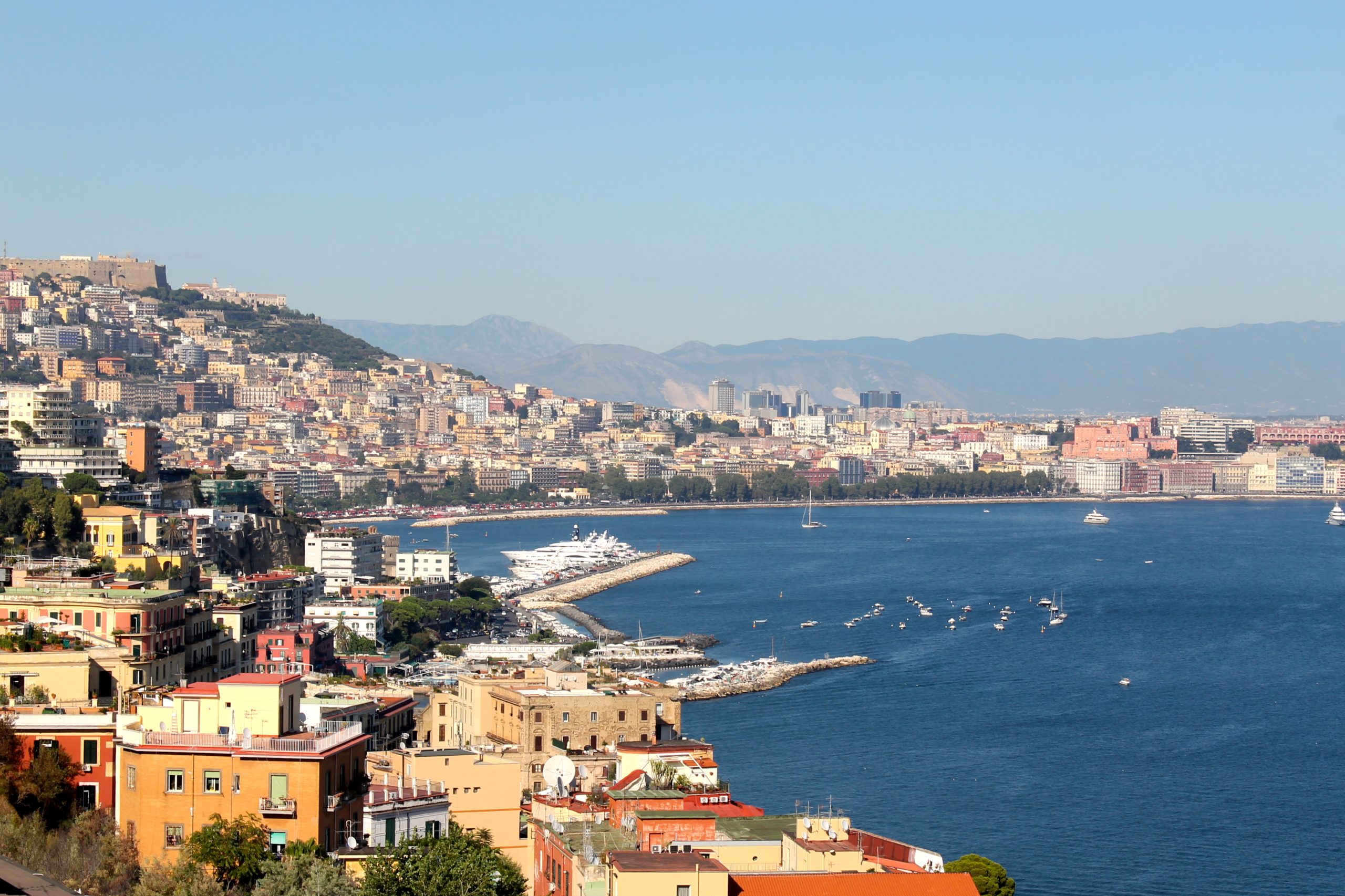Lacco Ameno and Sant’Angelo
” I am presently moved by sun-drenched Parthenopea, my thanks are for you, Ischia, to whom a fair wind has brought me rejoicing with dear friends from soiled productive cities. How well you correct our injured eyes, how gently you train us to see things and men in perspective underneath your uniform light…” (from “Ischia”, 1948). WH Auden
Ischia offers an irresistible draw for those susceptible to natural beauty, sun, the sea air and other quite unique characteristics. It has over the course of its history enslaved poets and writers, musicians and actors—all bewitched by its beauty and charm. Stendhal, Ibsen, Tennessee Williams, Pablo Neruda. http://www.ischiareview.com/famous-people-who-have-visited-ischia.html
Men and women have also come to find solace from the ravages of fame and notoriety. Luchino Visconti hid away on Ischia, bringing to him close friends such as Alain Delon, Claudia Cardinale, Anita Ekberg.
In the 1950’s Angelo Rizzoli, editor of the world famous Rizzoli Publishing House came to Ischia for health reasons and to take advantage of its therapeutic waters. He fell in love with the simple lifestyle of the island and its remoteness. Friends such as Maria Callas, Sophia Loren and Ava Gardner came to visit. Rizzoli who was also a businessman and entrepreneur, soon turned Ischia into an international jet-set holiday destination, building luxury hotels and resorts, mostly for those who wanted to hide from glaring public scrutiny. To the inhabitants of the island, he became their benefactor. Villa Arbusto, in Lacco Ameno, was once the home of Rizzoli and has now become a museum which pays tribute to his life in Ischia.

Angelo Rizzoli with Oriana Fallaci and Anita Ekberg https://www.ischia.campania.it/index.php/lisola-dischia-e-gli-anni-di-angelo-rizzoli/
Lacco Ameno is the smallest but perhaps the prettiest of Ischia’s towns. A jutting rock sprouting from the water near the shore of one of the two beaches here, is reminiscent of a mushroom and the one distiguishing feature that announces that you’ve arrived in Lacco Ameno.

For a stretch, a row of shops and restaurants runs parallel to the parapet that divides the road and the seashore. The dazzling yellows and oranges of the buildings catch the sunlight and cast an iridescent glow. Embroidered linens undulate gently on their racks outside the shop doors.



September has returned some calm to this coastal town. Gone are the large mega yachts that make port in Lacco Ameno’s marina. Small fishing boats have now taken their place, and the squeals of the seagulls that are muffled by the noise of the summer crowds can now be heard again.

During the month of July each year Lacco Ameno becomes the noisy hub of cinematic activity. The Ischia Global Film & Music Fest, and the Ischia Film Festival which follows on its heels, bring glitz and glamour to the island. Masses of tourists follow in the hope of spotting celebrities. The town swells with visitors.
Three 5 star hotels accommodate the rich and famous here, and anyone else who wants to spend the extra bucks: Mezzatorre Resort & Spa,
Albergo della Regina Isabella, and the San Montano Resort & Spa.
But now, blessedly, the crowds have gone. Tables at the many restaurants lining the main street, and Piazza Restituta at the end, have tables that are available again. One need only pick their choice of cuisine. Much of the island abounds in seafood, the island’s specialty of course, and seafood dishes are plentiful and varied. Also on the menus are the typical mozzarelle that Campania is known for; fresh and oozing balls of soft, white bufala cheese served with the sun sweetened local tomatoes. From the farmlands in the interior of the island however comes another of Ischia’s well-known dishes: rabbit. For those that like rabbit, it is a dish done mostly “casareccio” style, that is, in the rustic manner of the locals with herbs and wine. Il Monastero on the summit of Mount Epomeo in the Castello Aragonese serves a delightful “Coniglio di cajola all’ischitana” for a merely 18 €.

Around the north east coast and down towards the south lies a small village that is the most notable on the island of Ischia. Sant’Angelo juts out languidly into the Tyrrhenian linked by a small isthmus to a rocky outcrop that looms over the town. Once, it is said, a tower stood sentinel, on this rock, guarding the island from foreign invaders. The town climbs on to the mountain ridge where the ancient tuff houses of fishermen are huddled close to each other. These are now largely replaced by guest houses and hotels, with terraces and balconies overlooking a magnificent panorama.






Silent narrow lanes descend to a main piazza brimming with chic boutiques and cafes that look straight onto the sea. Fishermen’s boats create a kaleidoscope of colour as they quaver gracefully in the small marina. The two café bars in this charming piazza are La Pirata and Il Pescatore where tourists and locals alike sip aperitivi, or opt for a delicious pizza . After the aperitivo, however, the best place to dine is the ,Ristorante Neptunus overlooking a sparkling and secluded cove, and where the lightly grilled sea bass, is a perfectly simple but exquisite dish.

A short boat ride from the main piazza (tickets can be purchased at the marina where the boats are docked), will take you to the Spiaggia dei Maronti where you can make your way up a deep gorge along a rough path. Somewhat eerie and forsaken, you feel like you’ve stumbled on a secret place with only a few souls around. Suddenly, wedged between steep crags and lofty escarpments, you come upon an historic no-frills outdoor spa called Cavascura. These natural springs, known since the time of the Greek colonization of the island of Ischia, became in Roman times natural spas for those seeking health benefits and relaxation.
The springs come from a natural water basin dug into the rock of a deep valley and remain as they were in ancient times with hot springs still coming down from the mountain at very high temperatures. It is said that the sulphurous waters are beneficial for rheumatic, bronchial and skin conditions. Soak in Roman baths hewn into the cliff or sweat it out in a grotto. Have your body painted in mud, dry off in the hot sun then wash off with a shower, and enjoy an ancient sauna. All for €20. Not bad for a lovely rejuvenated skin and an unforgettable adventure in the ancient past!






photo courtesy of http://www.cavascura.it/terme/en/





EDtuXaFnoLixyJAk
ERVmthvXIU